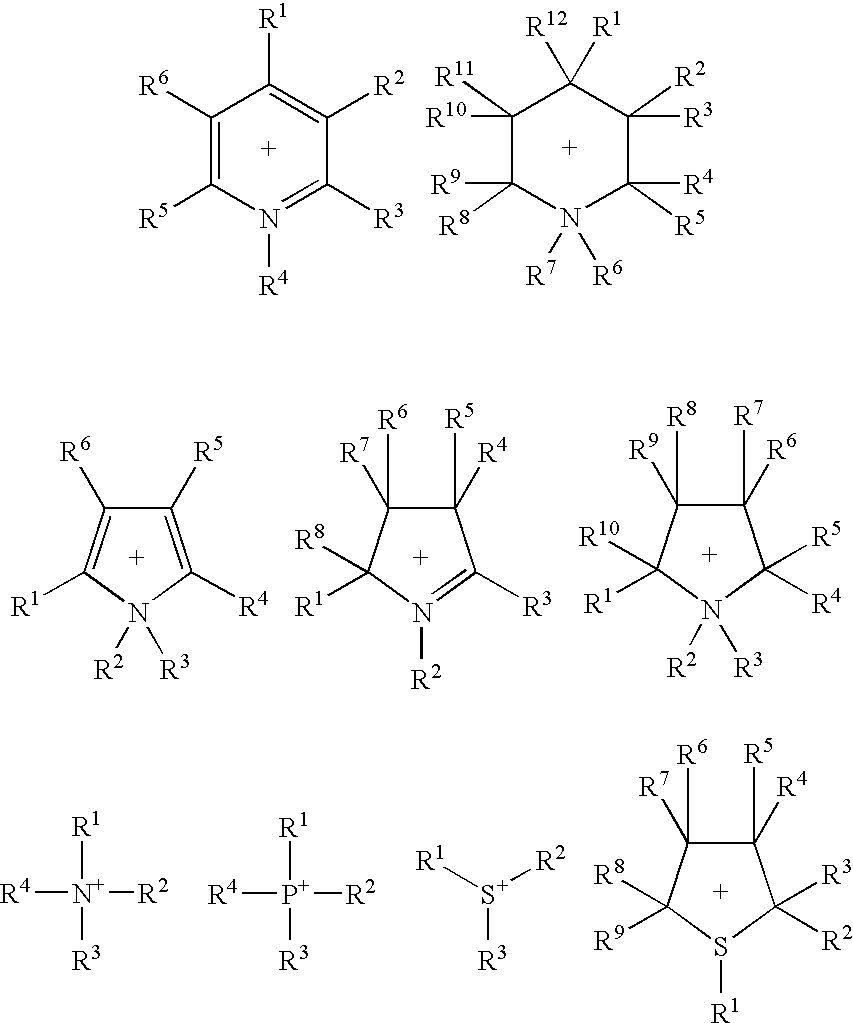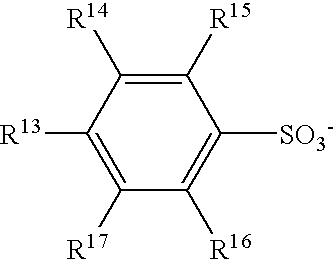Lubricating oil
a technology of lubricating oil and oil, which is applied in the field of lubricating oil, can solve the problems of increasing flammability, affecting the performance of proposed materials, and affecting the quality of lubricating oil,
- Summary
- Abstract
- Description
- Claims
- Application Information
AI Technical Summary
Benefits of technology
Problems solved by technology
Method used
Image
Examples
examples
[0116] The present invention will next be described in more detail by way of examples, which should not be construed as limiting the invention thereto. Characteristics of lube oils were determined through the following procedure.
(1) Kinematic Viscosity
[0117] Determined in accordance with “Kinematic viscosity test for petroleum products” as stipulated in JIS K2283
(2) Viscosity Index
[0118] Determined in accordance with “Kinematic viscosity test for petroleum products” as stipulated in JIS K2283
(3) Pour Point
[0119] Determined in accordance with JIS K2269
(4) Total Acid Value
[0120] Determined through potentiometry in accordance with “Lube oil neutralization test” as stipulated in JIS K2501
(5) Flash Point
[0121] Determined through the C.O.C method in accordance with JIS K2265
(6) Water Content
[0122] Determined in accordance with JIS K2275
(7) 5% Mass Reduction Temperature
[0123] The temperature at which mass of a sample was reduced from the initial mass by 5% was determin...
examples 6 to 15
[0144] Lube oils were prepared from ingredients listed in Table 2, and each sample was evaluated in terms of the aforementioned characteristics. The results are shown in Table 2.
TABLE 3Table 2-1Ingredients (mass %)Ex. 6Ex. 7Ex. 8Ex. 9Ex. 10Base oilsIonic liquid 59080605040Ionic liquid 61020405060AdditivesAmine-based antioxidantTCPEvaluationKinematic viscosity (40° C.) (mm2 / s) 65.39 45.73 44.46 38.65 35.31Viscosity Index17162 130 143 160 Pour point (° C.) −27.5 −37.5 −35.0 −45.0 −37.5Total acid value (mgKOH / g) 0.08 0.11 0.15 0.18 0.20Flash point (C.O.C)300300300300300DTA (5% mass reduction temp.) (° C.) 373.2 380.2 397.6 401.4 405.1CorrosionAppearanceNoNoNoNoNocolorcolorcolorcolorcolorchangchangechangechangechangeMass reduction (mg) 0.1> 0.1> 0.1> 0.1> 0.1>TriboligicalMean friction coeff. (μ) 0.075 0.079 0.080 0.077 0.075propertiesBall wear track diam. (mm) 0.48047 0.45 0.44 0.46(I)
[0145]
TABLE 4Table 2-2Ingredients (mass %)Ex. 11Ex. 12...
PUM
| Property | Measurement | Unit |
|---|---|---|
| total acid value | aaaaa | aaaaa |
| kinematic viscosity | aaaaa | aaaaa |
| pour point | aaaaa | aaaaa |
Abstract
Description
Claims
Application Information
 Login to View More
Login to View More - R&D
- Intellectual Property
- Life Sciences
- Materials
- Tech Scout
- Unparalleled Data Quality
- Higher Quality Content
- 60% Fewer Hallucinations
Browse by: Latest US Patents, China's latest patents, Technical Efficacy Thesaurus, Application Domain, Technology Topic, Popular Technical Reports.
© 2025 PatSnap. All rights reserved.Legal|Privacy policy|Modern Slavery Act Transparency Statement|Sitemap|About US| Contact US: help@patsnap.com



